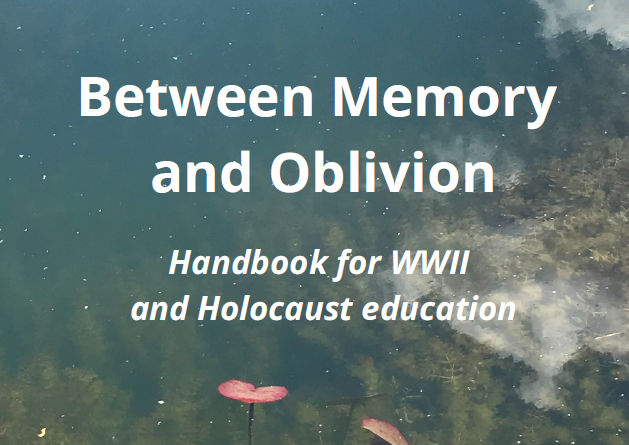BMO / Online campaign - Handbook

The handbook “Between memory and oblivion” offers a collection of methods from thefield of non-formal education to help young people better understand the Holocaust andother WWII genocides. All methods are designed to be implemented through a “peer-to-peer” and “hands-on” approach, through which young people take on the role ofcreators and interpreters of history, rather than just information consumers.
In peer-to-peer learning, young people learn from and with each other, creating a positiveand informal environment for group work, cooperation, communication, critical thinkingand exchange of skills. The direct engagement and the creative interaction with the topicsare designed to increase young people’s interest and understanding of the content,determining better learning outcomes. Through the methods listed in the handbook, thepartners want to motivate young people to become peer educators, engaging theirfriends, colleagues, and local community to approach and understand sensitive historicaltopics in creative and non-formal ways.
The methods presented in the handbook share a transnational component , and can beapplied to different sub-topics and diverse places of remembrance. They all share theobjective to bring forgotten places of memory and victims into light.
We would suggest implementing the methods with groups of young people from 16 yearsold and up.
